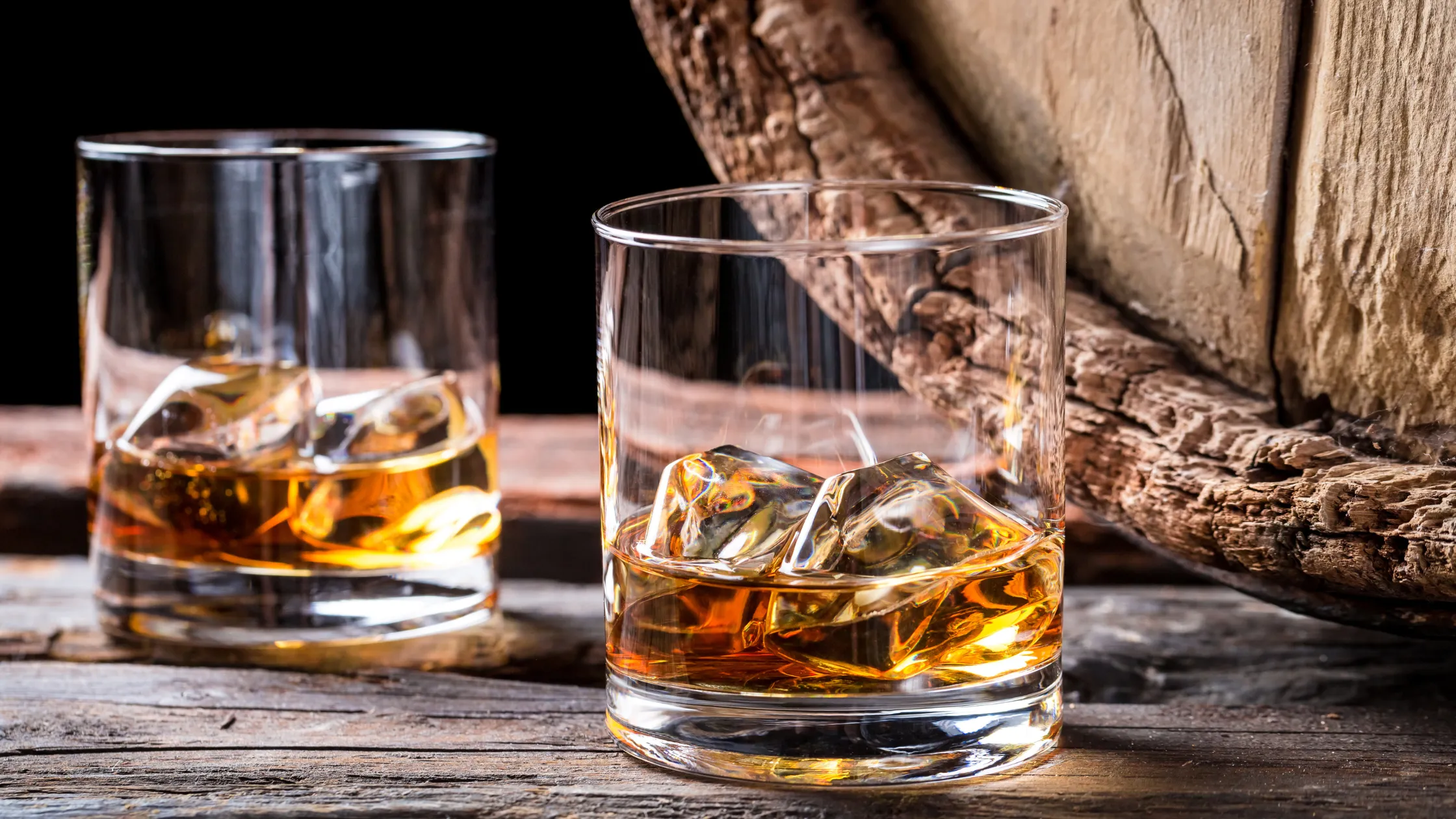Scotch Whisky: A Complete Guide

Scotch whisky, a spirit steeped in history and tradition, is revered worldwide for its complex flavors and meticulous production process. This guide will delve into the essential aspects of Scotch, from its origins to its diverse regional styles.
What is Scotch Whisky?
By law, Scotch whisky must adhere to strict regulations. It must be:
- Distilled in Scotland from water and malted barley (with the addition of whole grains of other cereals).
- Distilled at an alcoholic strength by volume of less than 94.8%.
- Matured in oak casks for at least three years.
- Bottled at a minimum alcoholic strength by volume of 40%.
Types of Scotch Whisky:
There are five main categories of Scotch whisky:
- Single Malt Scotch Whisky: Made exclusively from malted barley at a single distillery. These are often considered the pinnacle of Scotch.
- Single Grain Scotch Whisky: Distilled at a single distillery using malted barley and other cereal grains like wheat or corn.
- Blended Malt Scotch Whisky: A blend of two or more single malt whiskies from different distilleries.
- Blended Grain Scotch Whisky: A blend of two or more single grain whiskies from different distilleries.
- Blended Scotch Whisky: The most common type, a blend of one or more single malt whiskies with one or more single grain whiskies.
Scotch Whisky Regions:
Scotland is divided into several whisky-producing regions, each with its own distinct characteristics:
- Highlands: The largest region, known for its diverse range of styles, from light and floral to rich and smoky.
- Lowlands: Characterized by lighter, smoother whiskies with floral and grassy notes.
- Speyside: Located within the Highlands, Speyside is the most densely populated whisky region, known for its fruity and sweet whiskies.
- Islay: Famous for its heavily peated whiskies, with smoky, medicinal, and maritime flavors.
- Campbeltown: Once a major whisky hub, Campbeltown now has only a few distilleries, producing whiskies with a briny and slightly smoky character.
The Production Process:
The journey from barley to bottle is a complex one:
- Malting: Barley is steeped in water, allowed to germinate, and then dried to halt germination.
- Mashing: The malted barley is ground and mixed with hot water to convert starches into sugars.
- Fermentation: Yeast is added to the sugary liquid (wort) to convert the sugars into alcohol.
- Distillation: The fermented liquid is distilled twice (sometimes three times) in copper pot stills.
- Maturation: The new spirit is filled into oak casks (often ex-bourbon or sherry casks) and aged for a minimum of three years.
Enjoying Scotch Whisky:
There's no single "right" way to enjoy Scotch, but here are some tips:
- Neat: Drinking Scotch neat allows you to appreciate its full flavor profile.
- With Water: Adding a few drops of water can "open up" the whisky, releasing its aromas.
- In Cocktails: While often enjoyed neat, Scotch can also be used in classic cocktails like the Rob Roy or the Rusty Nail.
From single malt to blended Scotch, this guide provides a complete overview of this iconic spirit. Learn about the different regions and how to enjoy Scotch. For all your whisky needs, visit Zia Liquors or order online for fast and convenient delivery!


